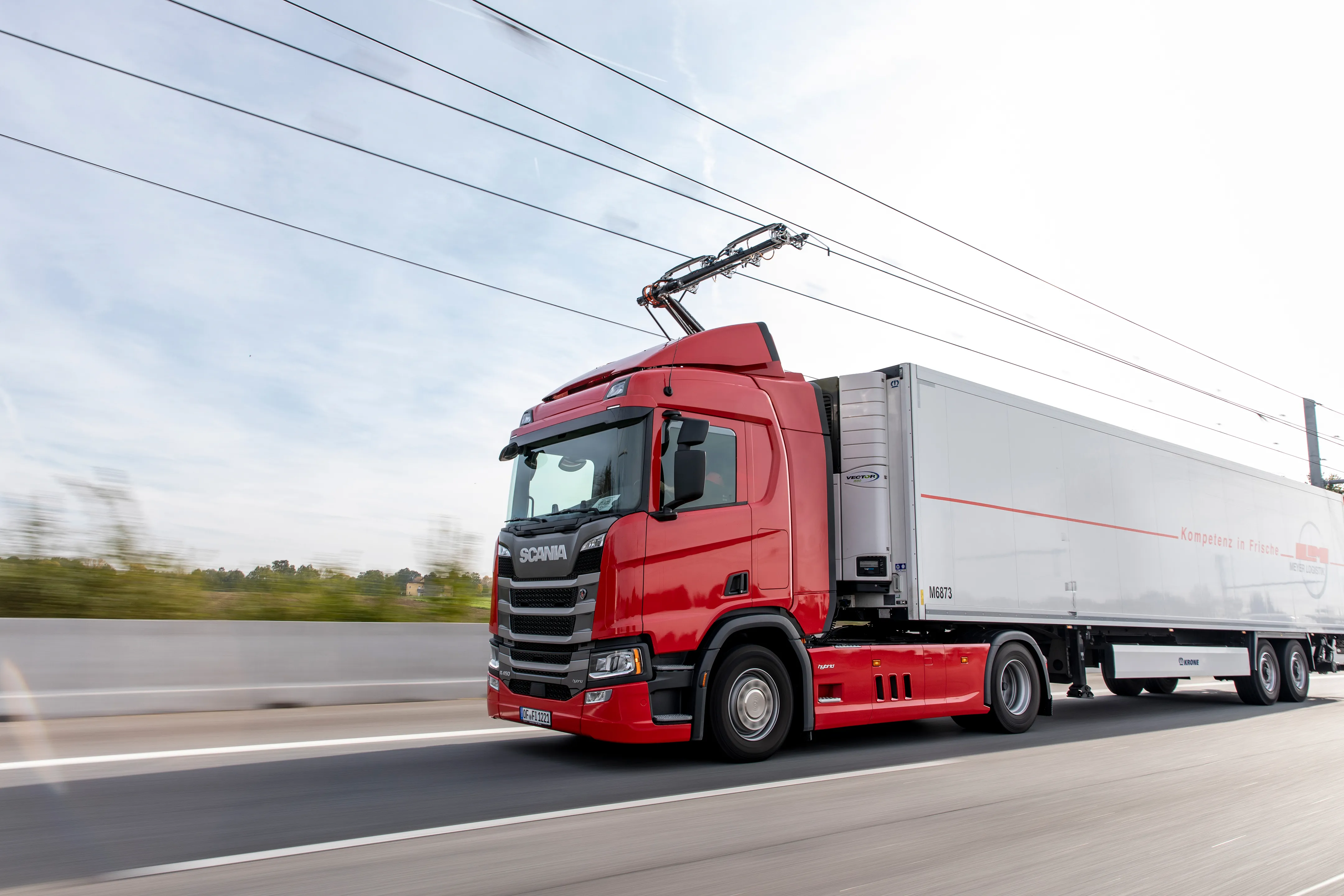Fleet management and trailer tracking system revenues will grow at a CAGR of 19.4 per cent in the next five years, rising from about US$5 billion in 2011 to exceed $12 billion in 2016. ABI Research Telematics and Navigation Group Director Dominique Bonte comments: "While commercial telematics in developed markets such as North America and Western Europe is reaching maturity, especially in the trucking segment, the major growth in future is expected to come from developing regions where safety and security r
May 18, 2012
Read time: 2 mins
Fleet management and trailer tracking system revenues will grow at a CAGR of 19.4 per cent in the next five years, rising from about US$5 billion in 2011 to exceed $12 billion in 2016. 2130 Allied Business Intelligence Research Telematics and Navigation Group Director Dominique Bonte comments: “While commercial telematics in developed markets such as North America and Western Europe is reaching maturity, especially in the trucking segment, the major growth in future is expected to come from developing regions where safety and security requirements are currently the main drivers. This trend is typified by mandates in Brazil (stolen vehicle tracking legislation) and Russia (eCall on commercial vehicles by 2013).”
However, the biggest growth will come from Asia, with China leading the way as it moves from “developing” to “developed” status. While telematics in China has long been held back by small average fleet sizes, this is changing rapidly with a more organised and larger-scale transportation industry emerging. As fleets struggle to add a sufficient number of new vehicles to keep up with the surging economy, telematics becomes an important tool for optimising the use of the limited available vehicle resources. International players such as2074 Navman Wireless have already entered the Chinese market.
Although commercial telematics has largely been an aftermarket environment, truck OEMs such as2069 Daimler (FleetBoard), 1941 DAF Trucks, the 570 Scania Group, 2453 Renault, 4205 Iveco, and 609 Volvo Trucks are now ramping up their efforts by offering factory-installed solutions. In most cases, these are also compatible with other truck brands, a major requirement as mixed fleets are common in the transportation industry.
Another major trend is the adoption of SaaS models offering a wide range of benefits including:
Allied Business Intelligence Research’s new “Commercial Telematics Market Data” contains forecast data per region on hardware shipments, hardware revenue, system users, subscribers and service revenues in the commercial telematics sector. Statistics on vehicle sales and vehicles in operation are also included.
However, the biggest growth will come from Asia, with China leading the way as it moves from “developing” to “developed” status. While telematics in China has long been held back by small average fleet sizes, this is changing rapidly with a more organised and larger-scale transportation industry emerging. As fleets struggle to add a sufficient number of new vehicles to keep up with the surging economy, telematics becomes an important tool for optimising the use of the limited available vehicle resources. International players such as
Although commercial telematics has largely been an aftermarket environment, truck OEMs such as
Another major trend is the adoption of SaaS models offering a wide range of benefits including:
- Scalability, ease of deployment and integration, and time to market
- Hardware / operating system / software independence
- Lower costs allowing improved Return on Investment (ROI) — rent versus buy
- Upgradeability and ease of maintenance
- Universal access — proliferation of portable computing devices
- Flexible levels of security and availability
Allied Business Intelligence Research’s new “Commercial Telematics Market Data” contains forecast data per region on hardware shipments, hardware revenue, system users, subscribers and service revenues in the commercial telematics sector. Statistics on vehicle sales and vehicles in operation are also included.









